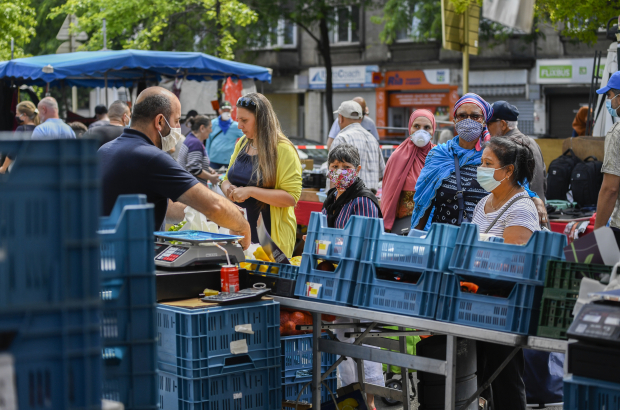- Daily & Weekly newsletters
- Buy & download The Bulletin
- Comment on our articles
New statistics show increasing diversity in Brussels communities
New data from Belgian statistics agency Statbel reveals that Brussels neighbourhoods have become more diverse over the last 20 years and that the capital is evolving into a cultural melting pot.
According to the statistics, diversity in Brussels has increased enormously over the past two decades. In the year 2000, 44% of inhabitants were of Belgian origin, compared to 19% in 2020.
The data, published by De Tijd newspaper, shows a detailed profile of the cultural demographic of each municipality. For example, it turns out that most people from Brussels with European roots often live in the south of the region. These are the municipalities where many French and EU employees live, such as Ixelles, Etterbeek and Saint-Gilles. But there are also many inhabitants with European origin in Schaerbeek and Anderlecht.
Residents of African descent mainly live in the west of Brussels. These people make up the majority in many districts in Molenbeek, but the data clearly shows that the group is increasingly moving towards the outskirts of the city in Jette, Laeken and Neder-Over-Heembeek.
Citizens from the east, mainly people of Turkish origin, and those with Asian roots are traditionally concentrated in north-eastern municipalities such as Schaerbeek and Saint-Josse. But here too the data shows that the group has spread further across the region.



















